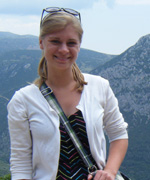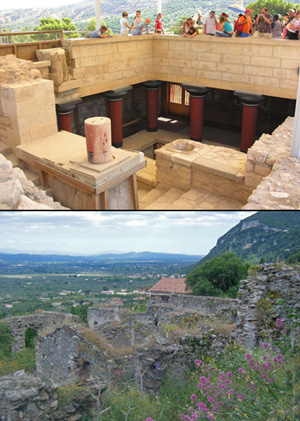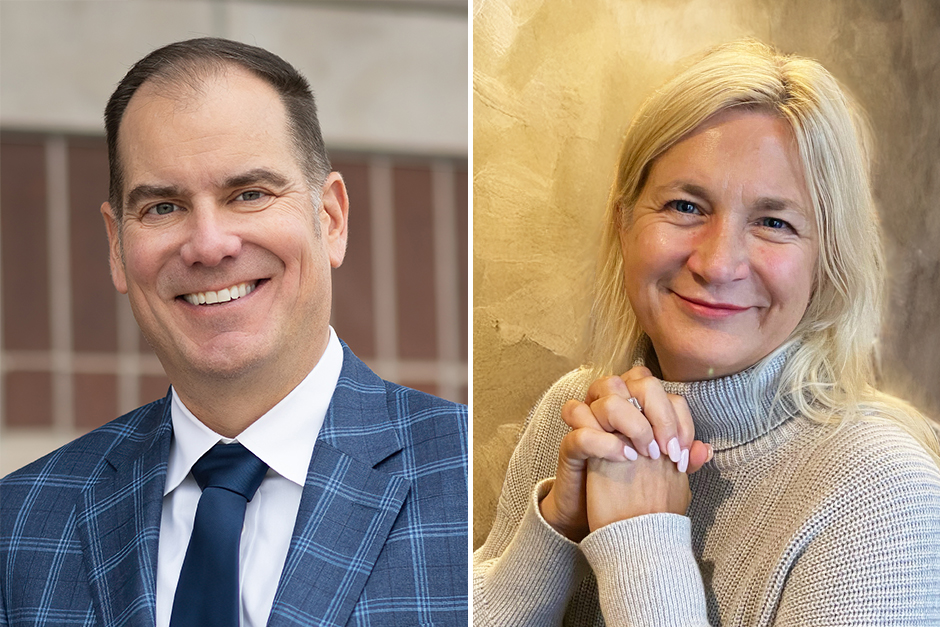Student compares historic sites in Greece and the Bahamas
The ancient Greek palace complex of Knossos is one of the world’s most visited and researched historic sites. Meanwhile, the slave plantation ruins of Prospect Hill in the Bahamas are nearly lost to the jungle and seldom visited or studied.
Cate LiaBraaten ’12, an American History major, visited both sites during two month-long Cornell courses: Greek Archaeology and Slavery, Cotton & Environment. Her research paper comparing the two sites was presented during the 2012 Student Symposium.

What was the thesis of your research?
My central questions were: Why are some places preserved and cherished while others are not? And what is the best way to care for sites of cultural and historical significance? The heart of my paper, however, was a consideration of why people care about historic sites (and in turn artifacts) and why we should.
How did you settle on historic preservation as a uniting theme?
I think that the sites and the memory of visiting them jumped into my mind and crashed into the thoughts on preservation that were already bouncing around in there. My interest in preservation and concepts associated with it have come from a variety of places: the class trips, an archaeological dig I was on last summer at a Mississippian mound site in southern Illinois, and even wandering through the antique shops in Mount Vernon.
While studying abroad, were there any particular moments when the past came to life for you?
To me, the past is always alive, as it were. But one of the great things about travelling with Cornell courses is that we have been able to visit both famous sites, such as the Parthenon, and smaller, more obscure sites. The smaller sites are, to me, where people in the present can feel the most connected to the past. Instead of something large and dramatic, we get to be reminded of the everyday lives of regular humans who lived before us. History feels like less of a story or fairy tale then, and more of a memory.

Was it valuable to pair the history and English courses in the Bahamas ?
Given my own personal interest in English and literature, I thought it was especially valuable to share the journey with the other course. One of our joint assignments was to create historic journal entries, which was a great way to stretch the way we think about history, and to attempt to see it “from the ground.”
How about Greece?
Visiting Greece was an experience of such magnitude that I feel like I could talk about it forever, but I sometimes find myself speechless. The course itself taught me about Greek and classical history, mythology, archaeology, geology, and culture, and the travel experience offered me countless opportunities for reflection on the world and my place in it. One of the best days we hiked down Samaria Gorge: it started in the mountains and ended up on the beach. I drank water from a stream and ate the best oranges I have ever tasted.
What other courses have been meaningful?
During my sophomore year, after taking four blocks of Japanese, I got to go to Japan with a sociology class. It was my first time out of the country and really turned me on to experiential learning and the importance of physical location in studying history. Japan has such a beautiful juxtaposition of the ancient and the supermodern, and there are few things more eye-opening for a kid from rural Missouri than hitting the streets of Tokyo.
What are your plans after college?
I will be attending the University of Missouri-Kansas City to get my masters degree in history. I hope to focus on the frontier experience of the American West, and the material culture thereof.



